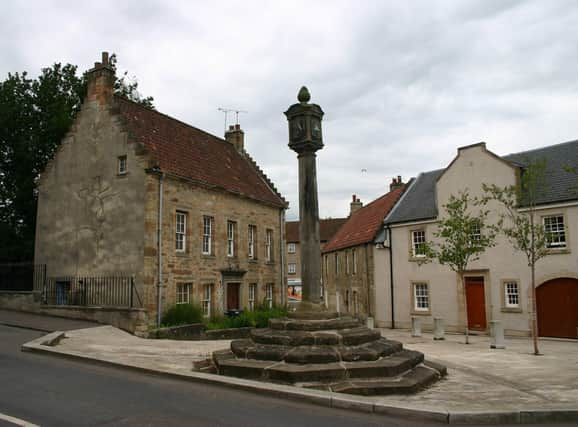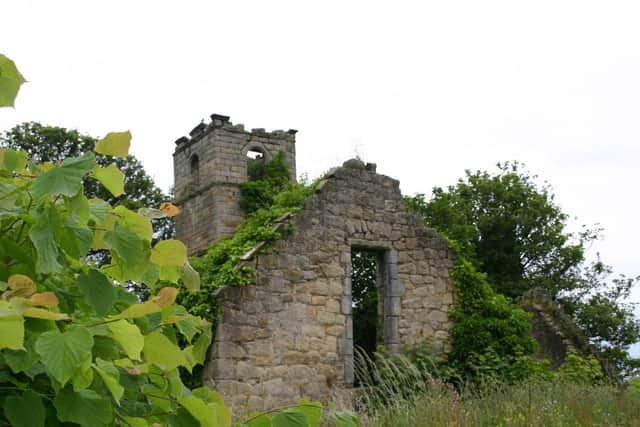Looking Back with Ian Scott: Airth’s early history as centre of Scottish shipbuilding


Here many of the great wooden ships of the Scottish Navy, the ‘Margaret’ and the ‘James’ and maybe even the famous ‘Great Michael’, came to be fitted and repaired safe from enemy attack.
By then Airth had been an important port for several centuries and was even a Royal Burgh in the 1100s though for some unknown reason that status was removed in the following century. At that time the village sat high above the carse on land to the north of the castle and kirk which is now occupied by expensive modern housing.
Advertisement
Hide AdAdvertisement
Hide AdThe extraction of coal and making of salt as well as agriculture and fisheries brought prosperity to the village and in 1597 it was made a burgh of barony. The sign of this new prosperity was a mercat cross which survives as a stump of a stone shaft known not surprisingly as ‘the heidless croce’.


Airth Castle itself was the latest in a series of buildings starting with a wooden structure supposedly damaged by William Wallace in 1298 in a successful attempt to free his uncle, the priest of Dunipace. A later castle was destroyed after the defeat of King James III at Sauchieburn in 1488 and the present building dates to around that time.
The square south west tower is the earliest part with a mid-16th century extension on the east side; in 1581 a north-east wing was added creating an L-shaped building. In the early 19th century the architect David Hamilton, who designed Falkirk Steeple and Larbert Old Parish Church, was commissioned by the then owners, the Grahams, to fill in the arms of the ‘L’ which he did with a triangular block, now the familiar face of the present hotel. This created a kind of Disney-like gothic ‘castle’ with round towers at each end, battlements and a central range with turrets and a grand doorway.
To the east of the castle is the old ruined kirk with parts dating to the 12th century. It has three aisles, Airth (c.1480), Elphinstone (1593) and Bruce (1614) and a later square tower. There are several interesting grave inscriptions inside the church and many grave markers in the graveyard including cast iron ‘mortsafes’, large coffin shaped containers used to thwart the plans of the body snatchers in the early 19th century. Sadly access to the building is now restricted for safety reasons.
Advertisement
Hide AdAdvertisement
Hide AdTowards the end of the 17th century the population began the move from the village on the hill to the lower ground next to the river. At that time the harbour was much closer to the foot of the hill. A second mercat cross dated 1697 was placed in the new High Street of the burgh and, with a thriving trade especially in coal, the port flourished.
There are many fine houses in the village from the 18th century and earlier but the construction of the turnpike road from Falkirk to Stirling in the early 19th century, now the main street, destroyed the original layout of the town. A new church was opened in 1820 and the original kirk on the hill was abandoned.
Comment Guidelines
National World encourages reader discussion on our stories. User feedback, insights and back-and-forth exchanges add a rich layer of context to reporting. Please review our Community Guidelines before commenting.